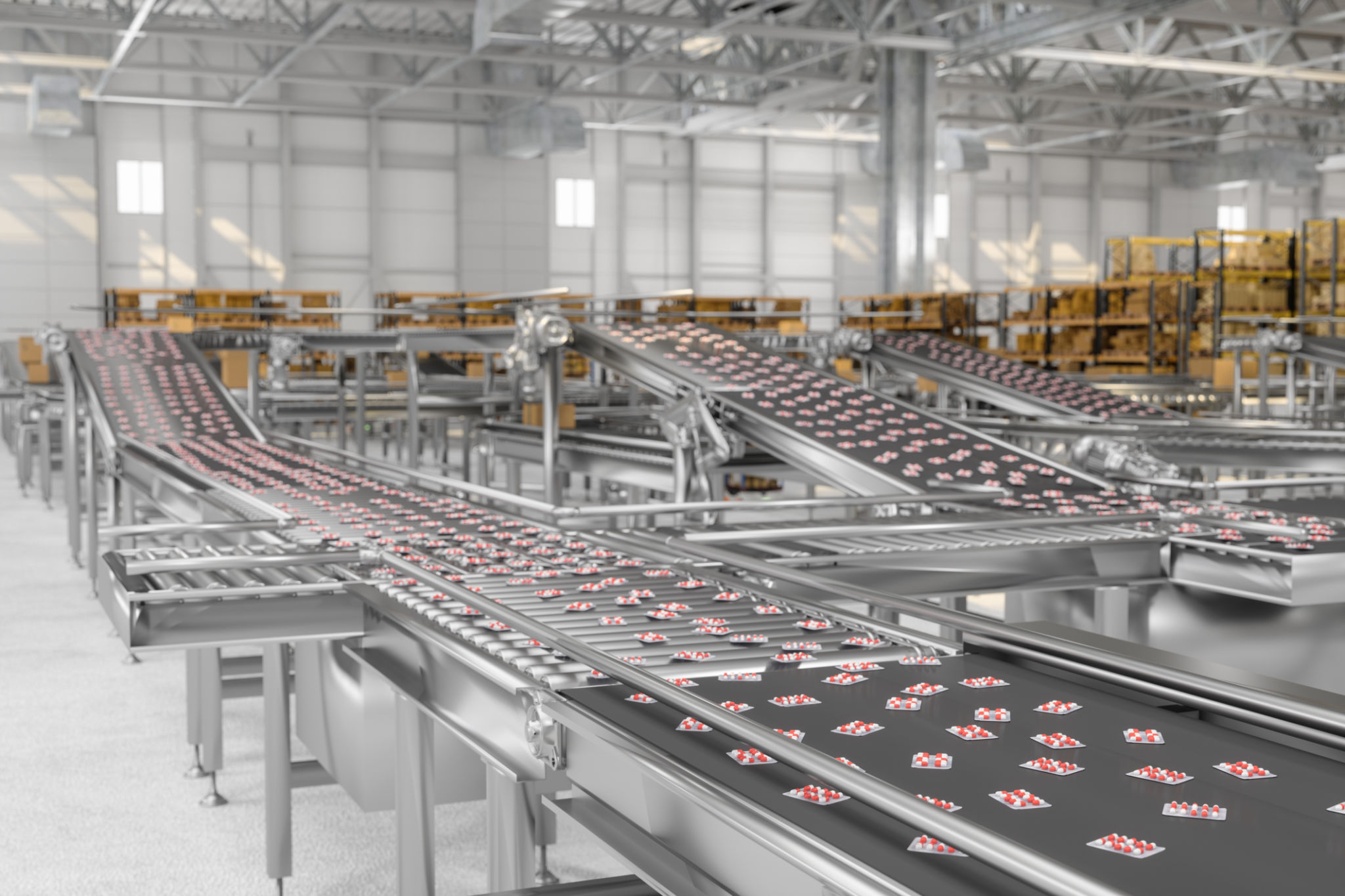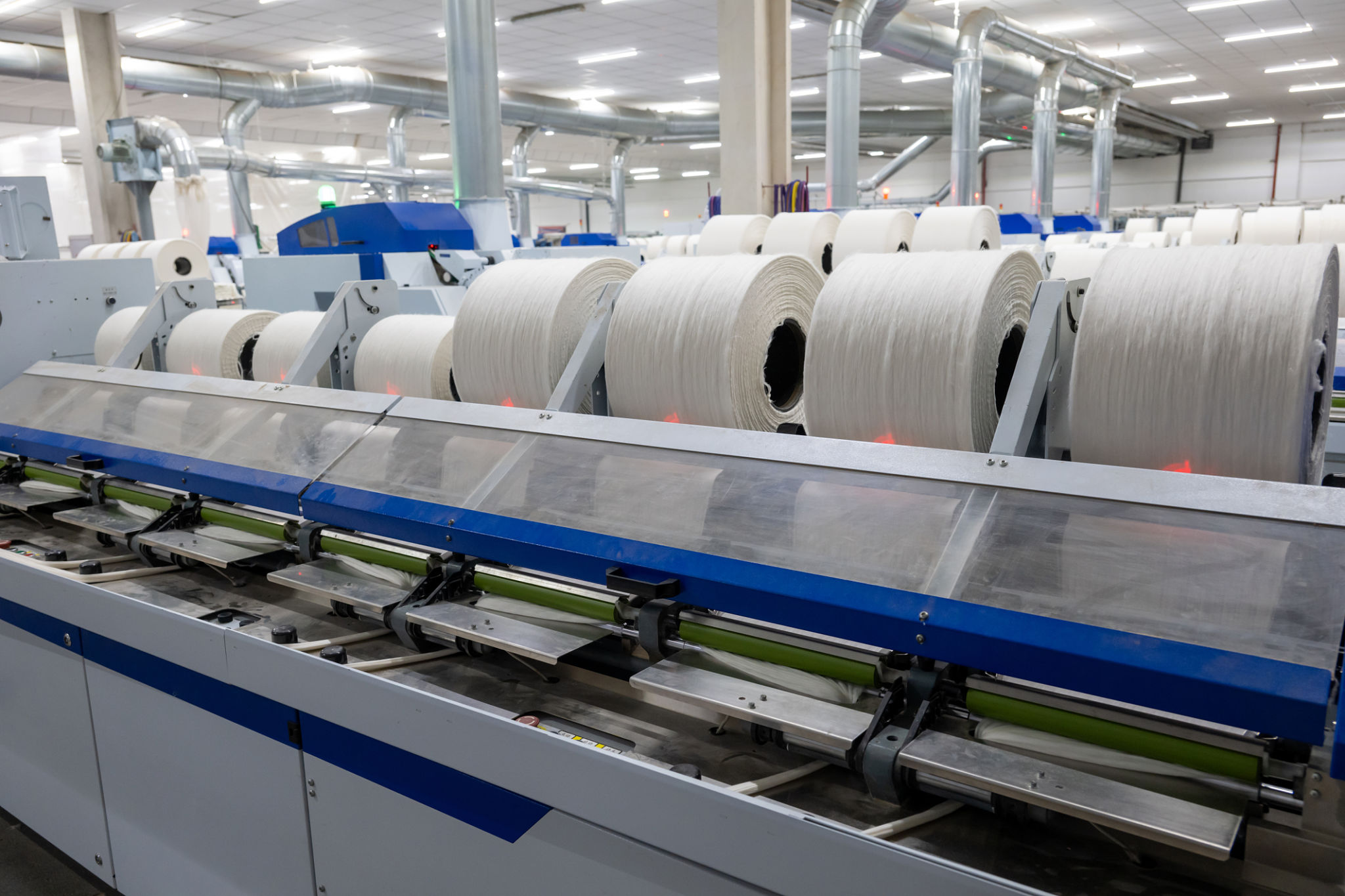Case Study: How Cam Le JSC Enhanced Efficiency with Advanced Garment Machinery
Introduction to Cam Le JSC
Cam Le JSC, a leading name in the garment manufacturing sector, has consistently strived to stay ahead of the curve by adopting innovative technologies. With an aim to boost productivity and maintain high standards of quality, Cam Le JSC recently implemented advanced garment machinery in their production processes. This case study explores how these technological advancements have enhanced efficiency and set new benchmarks for the industry.

Challenges Faced by Cam Le JSC
Prior to the adoption of advanced machinery, Cam Le JSC faced several operational challenges. The traditional manufacturing processes were labor-intensive and time-consuming, leading to potential bottlenecks. Additionally, maintaining consistency in product quality was a significant concern, as manual processes often resulted in variations.
The company also struggled with meeting increasing consumer demands, which required faster yet precise production capabilities. These challenges prompted the management to explore solutions that could meet their needs for scalability, quality control, and efficiency.
The Transition to Advanced Machinery
Recognizing the need for a transformation, Cam Le JSC invested in cutting-edge garment machinery. The new equipment featured automated cutting, sewing, and finishing capabilities, significantly reducing the reliance on manual labor. This transition was not only a technological upgrade but also a strategic move to align with global industry standards.

The implementation process involved comprehensive training programs for employees to ensure a smooth transition. This investment in human resources ensured that the workforce was well-equipped to handle the advanced technology and maximize its potential benefits.
Benefits Realized
The integration of advanced machinery brought about a multitude of benefits for Cam Le JSC. Firstly, there was a marked increase in production speed, allowing the company to meet deadlines more effectively. The automation of repetitive tasks freed up skilled labor to focus on quality control and innovation.
- Enhanced Efficiency: Production times were reduced by nearly 30%, enabling faster turnaround on orders.
- Improved Quality: Consistency in product quality was achieved through precision engineering and automated checks.
- Cost-Effectiveness: Operating costs decreased due to reduced material wastage and lower labor expenses.

Impact on the Workforce
While the introduction of advanced machinery reduced the need for manual labor in certain areas, it also created opportunities for upskilling. Employees were trained in machine operation and maintenance, providing them with valuable skills that are in demand in the modern manufacturing landscape.
This strategic approach not only maintained workforce morale but also enhanced job satisfaction as employees felt empowered and integral to the company's growth story.
Future Prospects
Cam Le JSC's successful transition serves as a model for other companies in the garment industry looking to modernize their operations. With an eye on future growth, the company plans to continue investing in technology and innovation.
The management is exploring possibilities such as integrating AI and IoT for smarter manufacturing processes. These advancements are expected to further solidify Cam Le JSC’s position as a leader in efficient and sustainable garment production.
Conclusion
The case study of Cam Le JSC illustrates the transformative power of technology in enhancing efficiency within the garment manufacturing industry. By embracing advanced machinery, Cam Le JSC not only overcame operational challenges but also set a precedent for quality and productivity. This strategic shift has paved the way for sustained growth and success in an increasingly competitive market.
